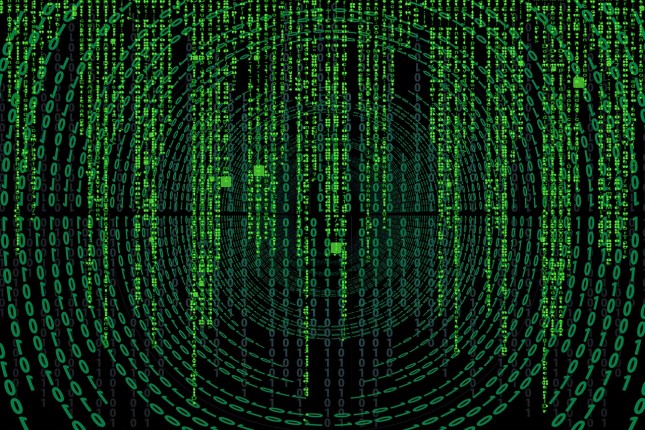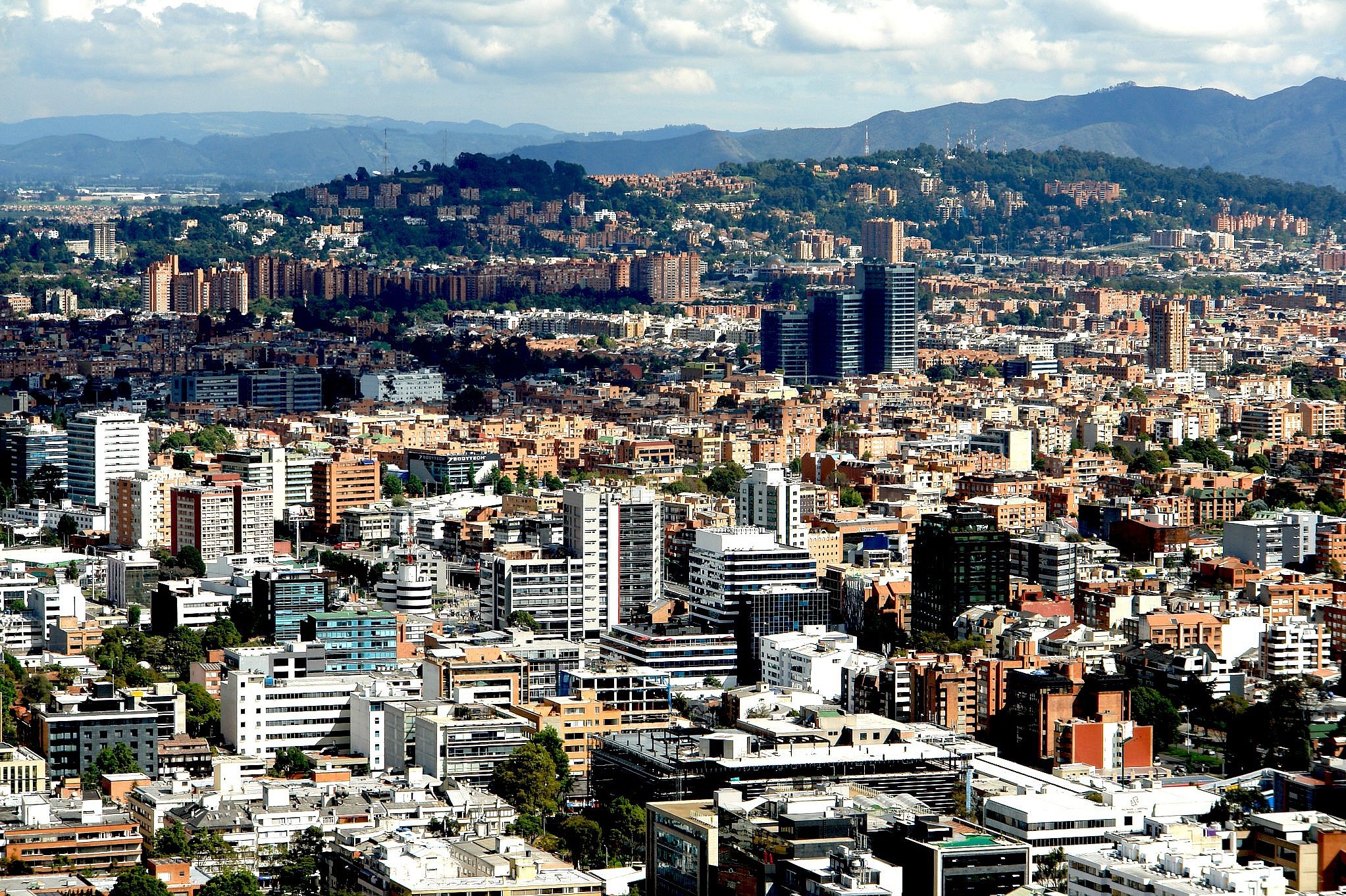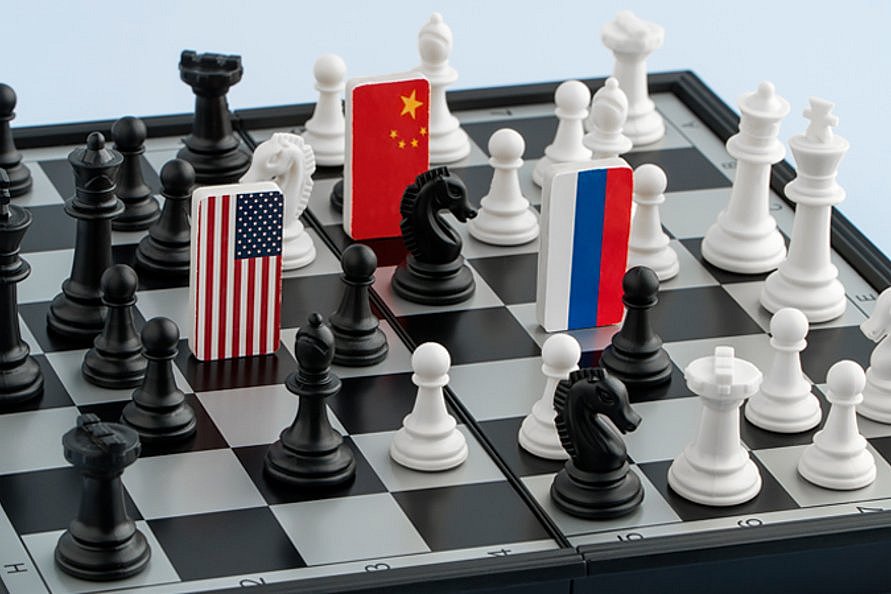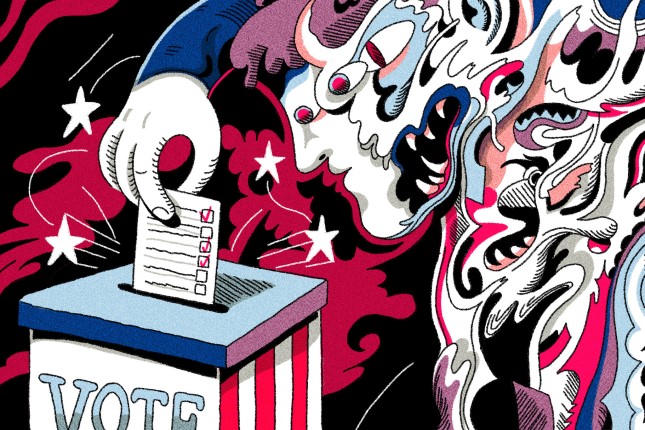In a move that brings the era of social media’s rise to prominence and splendour to a symbolic end, Elon Musk closed the $44 billion purchase of Twitter at the end of October and immediately axed several of the company’s top managers, including Chief Executive Parag Agrawal, CFO Ned Segal, and legal, policy, and trust chief Vijaya Gadde. The Washington Post earlier reported that Musk was planning to cut nearly 75% of Twitter’s staff, although he later refuted this claim.
Twitter, which gained particular notoriety in January 2021 for deleting the account of then President Donald Trump, appears to be entering a painful phase of reforms following a spate of scandals involving censorship and the mishandling of insider information.
In another sign that social networks may be in trouble, Meta, which owns Facebook and Instagram, has seen its market capitalization plummet to a fourth of what it was worth in the summer of 2021. This comes just a year after the parent company was renamed Meta and unveiled its ambitious plans to transform itself from a traditional social network into a metaverse—a global VR platform.
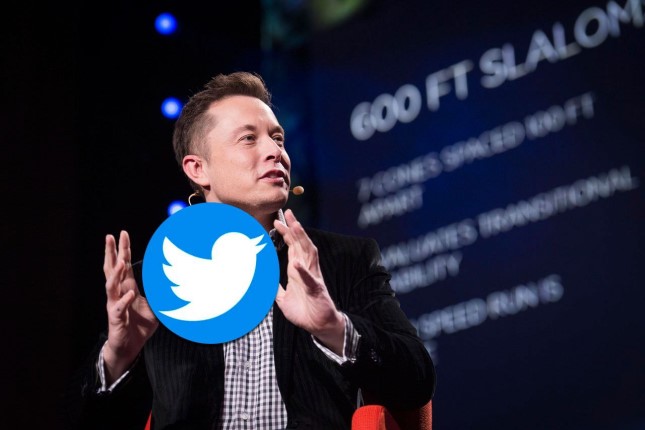
While Meta’s overall user numbers remain stable thanks to its growing base in developing countries, it has experienced a noticeable decline in the core markets of the United States and Canada. This could be a sign that Meta may not be the bright future of social networks. On the contrary, the savviest and wealthiest users are fleeing the network’s suffocating environment of tacit but intrusive control, both commercial and political.
Neo: the new convergence
The modern world’s foremost tech visionary explained his interest in buying Twitter: “The reason I acquired Twitter is because it is important to the future of civilization to have a common digital town square, where a wide range of beliefs can be debated in a healthy manner, without resorting to violence. There is currently great danger that social media will splinter into far right-wing and far left-wing echo chambers that generate hate and divide our society.”
Indeed, for a man who believes his life’s mission is to colonize Mars, this step makes perfect sense. A project of this magnitude would be unthinkable without effecting change in the culture of interactions and communication online and on social media. Today’s social networks have been turned into extremely effective retransmission platforms, bombarding their users with emotions. And the more intense these emotions—fear, hate, anger, resentment, pain—the more effectively users can be manipulated.
Clearly, this kind of mass culture would not be conducive to seeing any major-scale technological projects through. That said, one should be careful not to glamorize Elon Musk’s true motives. As of today, Starlink, his global satellite internet system, is perhaps the world’s largest-scale and most ambitious project in the field of technology. Over 2,300 satellites have already been launched into orbit, and there are plans to launch a further 12,000 to 30,000 as part of this project.
In addition to being a brilliant entrepreneur and a solid engineer, Musk is a genius at building up media hype and a top-notch lobbyist. With this set of impressive qualifications in mind, it would not be unreasonable to predict that Musk’s clout will dramatically grow in the very near future on the back of his acquisition of Twitter.
When it comes to creating a social network of the future that would be more focused on real rather than virtual human needs, Musk appears to be better suited for the task than, say, Zuckerberg. Granted, TikTok-like networks will probably stay afloat in their respective niches too, but competition is going to be extremely fierce given the growing segmentation, as there are now 17 social networks with over 300 million users worldwide, with 6 of them having in excess of one billion users. To prevail over the competition, the winner will have to be strong in adjacent sectors, too.
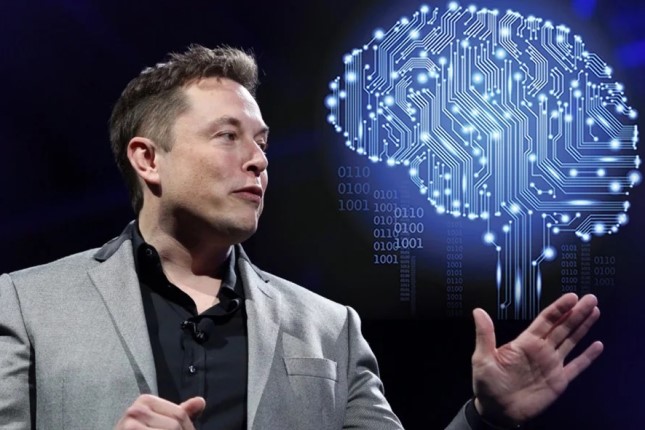
This is, in essence, a replay of the discussion that occurred in the late 1990s and early 2000s about how the anticipated convergence of the personal computer, home appliances, and content generation would transpire. Back then, it was Steve Jobs and his Apple that emerged as the winners, having offered their customers a smartphone, thus outstripping overnight such industry behemoths as Microsoft, Intel, Sony, Samsung, Disney, and News Corp.
Elon Musk, whose interests range from his Starlink satellite internet project to Neuralink’s implantable brain-machine interfaces, has all the makings of someone destined to become the Jobs of the new era.
Smith: the new censorship
“One could argue we’re in the business of critical infrastructure, and the most critical infrastructure is our cognitive infrastructure, so building that resilience to misinformation and disinformation is incredibly important,” said Jen Easterly, Director of the Cybersecurity and Infrastructure Security Agency (CISA), an agency of the United States Department of Homeland Security (DHS), speaking at a conference in November 2021.
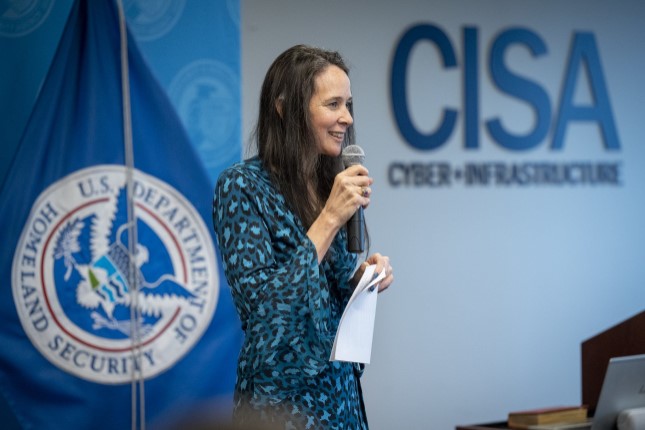
Detail to the portrait: Jen Easterly solves a Rubik’s cube blindfolded in seconds.
Whereas at the end of the 20th century, it was FEMA that was the ultimate bogeyman for conspiracy theorists, these days this title can definitely be claimed by CISA, a recently formed (in 2018) but very ambitious agency trying to scoop up all the major social networks under its umbrella.
These attempts are rooted in CISA’s proposed concept of three types of disinformation: mis-, dis-, and malinformation (MDM). Of the three, malinformation is a particularly interesting and wide-ranging concept concerning the damage that can be potentially inflicted on a country, organization, or person by a message or statement based on true information.
As part of this approach, DHS announced the establishment of its Disinformation Governance Board in April 2022, designed to consolidate all key mechanisms used to prevent the dissemination on social media of harmful MDM deemed a national security threat. This consolidation could be used by all DHS-affiliated law enforcement agencies (such as CISA, FEMA, CBP, or ICE) in cases of threats of “acts of violence.” Given the public backlash, and especially from Republican supporters, the Disinformation Governance Board was disbanded in August.
That said, the announcement of this entity was nothing other than an attempt to legalize the de facto established practice whereupon key US-based social networks such as Facebook and Twitter would block certain unwanted information at law enforcement’s request.
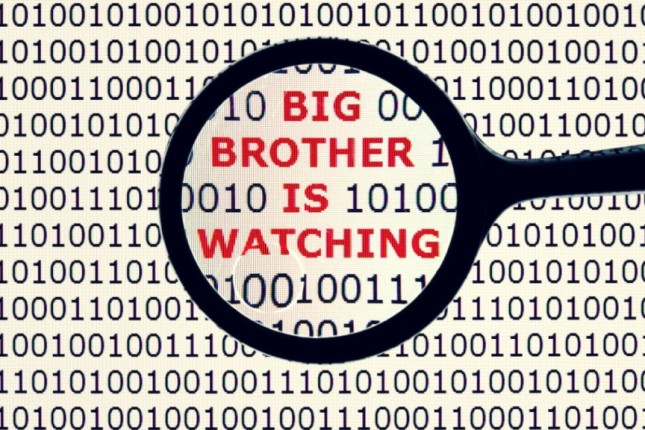
Social media censorship became a key focus of DHS efforts after the fight against terrorism started to lose its relevance and lustre following the defeat of ISIS and the pullout of US troops from Afghanistan. Thus, the threat of terrorism was superseded by Russia’s alleged meddling with the US electoral process. On top of that, control of the “cognitive infrastructure”—a term used to disguise sweeping day-to-day censorship—represents a much tastier piece of the pie than the fight against terror.
It's already clear from the controversy around Hunter Biden’s laptop how all of this is going to work, and especially from the recently reported information that social media outlets were, at the request of authorities, blocking information about the relevant investigation by the New York Times.
But what is also clear is that no US government agency will be able to assume full control over social media in the foreseeable future, because this would be a direct threat to the independence and security of the country’s elites who exercise their control over the US political system through Congress.
